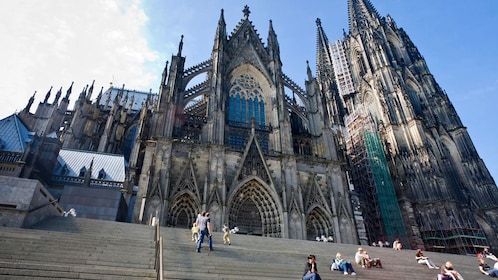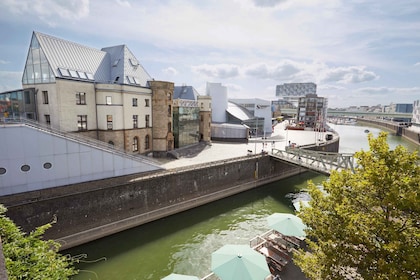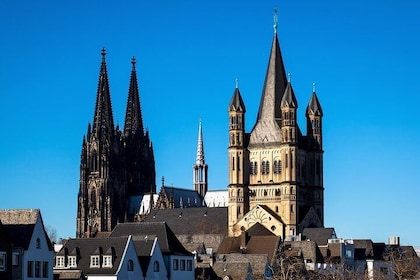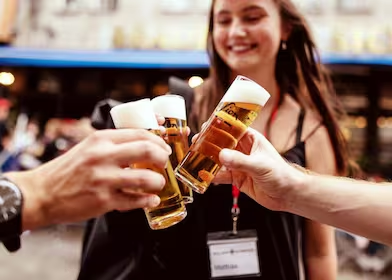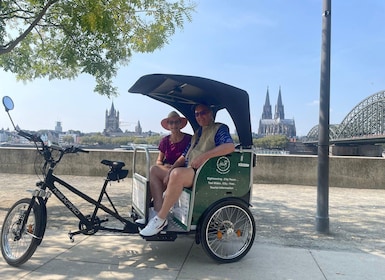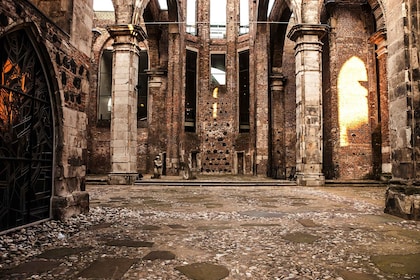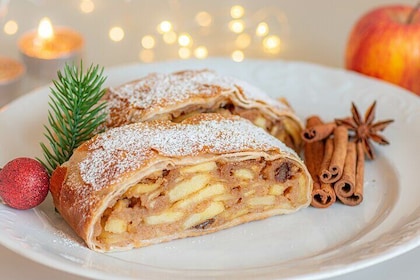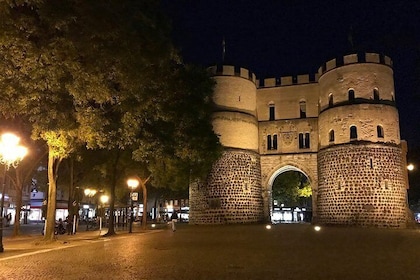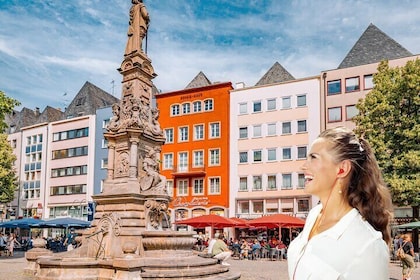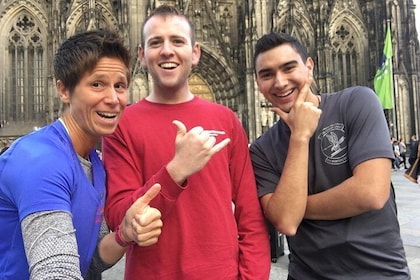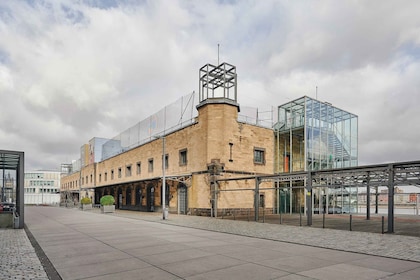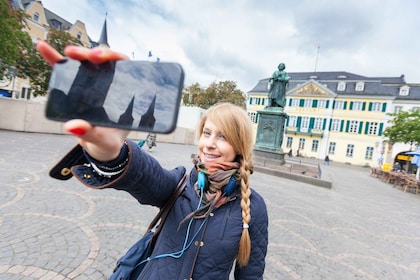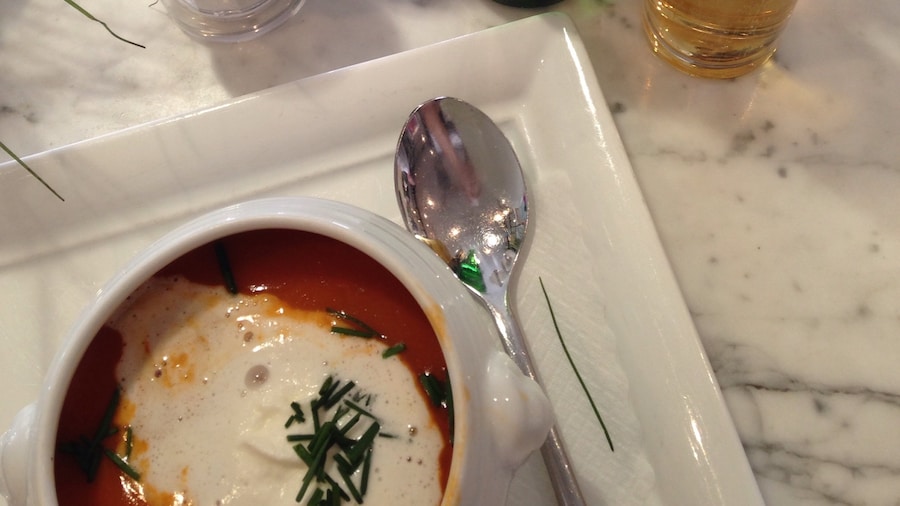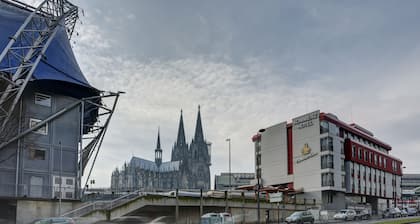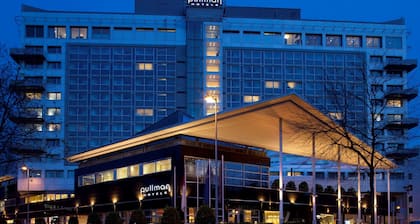Browse one of Germany’s finest collections of Asian calligraphy, pottery and screen painting when you visit Cologne’s Museum of East Asian Art. Admire the artistry of the Japanese wooden block prints or the large collection of Chinese ritual bronzes. Don’t miss the fabulous Korean pottery with its unique glaze. Make sure you take some time to appreciate the building, which is one of the most attractive modern buildings in the city.
Founded in 1913 by art collector Adolf Fischer and his wife, Frieda Bartdorff, the Museum of East Asian Art was the first museum of its kind in Germany. Originally, the collection comprised mostly Japanese art, but it has expanded to include important works from Korea and China as well. It is now one of the most important museums of its type in Europe.
No matter how many times you visit, you will almost always see something new, as the museum frequently rotates its permanent collection. Admire the intricacy of the Japanese screen prints or the vibrancy of the Buddhist paintings. Learn about the history of wood block printing and browse some fine examples of the art form.
Move on to the Chinese collection and view classic furniture and ritual bronzes from the Tang Dynasty. Don’t miss the impressive glazed pottery in the Korean collection, which dates back to the Koryô Dynasty between the 10th and 14th centuries.
Admire the building’s design by Japanese architect Kunio Maekawa. With its flat roof and graceful sense of space, the museum is considered one of Cologne’s finest examples of classical modernist architecture. Enjoy a drink in the café and take in the views over the Aachener Weiher Pond or the internal courtyard, which has been designed in the style of a Japanese garden.
The Museum of East Asian Art is located just 2.2 miles (3.6 kilometers) from the center of Cologne. It is closed on Mondays and is open late on the first Thursday of every month. There is a small entry fee.
